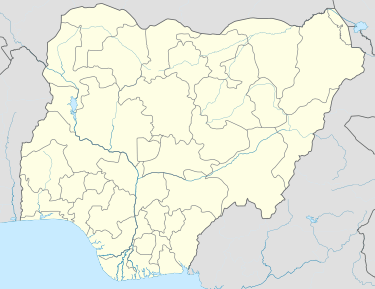Sokoto

Sokoto is a major city located in the extreme northwest of Nigeria, near the confluence of the Sokoto River and the Rima River. As of 2006 it has a population of people over 427,760. Sokoto is the modern-day capital of Sokoto State and was previously the capital of the north-western states.
The name Sokoto (which is the modern/anglicised version of the local name, Sakkwato) is of Arabic origin, representing sooq, ‘market’ in English. It is also known as Sakkwato, Birnin Shaihu da Bello or “Sokoto, Capital of Shaihu and Bello” Bello Umar Maikaset.
The seat of the former Sokoto Caliphate, the city is predominantly Muslim and an important seat of Islamic learning in Nigeria. The Sultan who heads the caliphate is effectively the spiritual leader of Nigerian Muslims.
Sokoto has a hot semi-arid climate (Köppen climate classification BSh). It is located in the dry Sahel surrounded by sandy savannah and isolated hills.
With an annual average temperature of 28.3 °C (82.9 °F), Sokoto is one of the hottest cities in the Nigeria, however the maximum daytime temperatures are generally under 40 °C (104.0 °F) most of the year, and the dryness makes the heat bearable.[2] The warmest months are February to April, where daytime temperatures can exceed 40°C. The highest recorded temperature is 45°C. The rainy season is from June to October, during which showers are a daily occurrence. The showers rarely last long and are a far cry from the regular torrential showers known in many tropical regions. From late October to February, during the ‘cold season’, the climate is dominated by the harmattan wind blowing Sahara dust over the land. The dust dims the sunlight, thereby lowering temperatures significantly.
